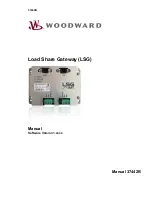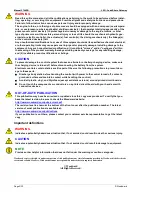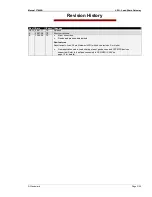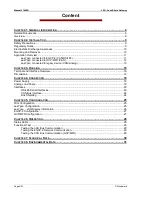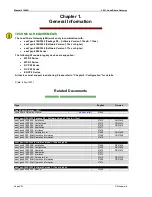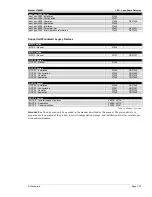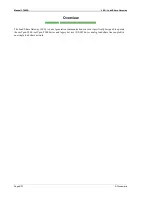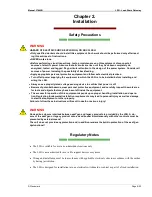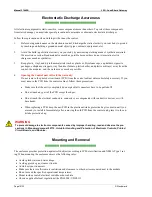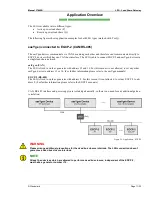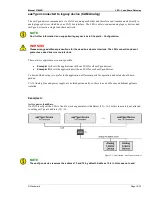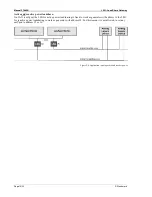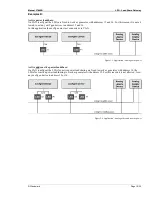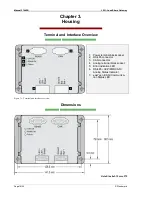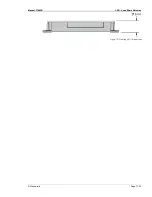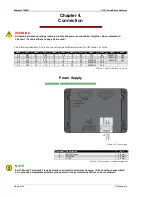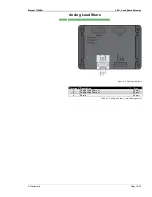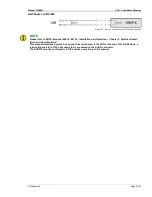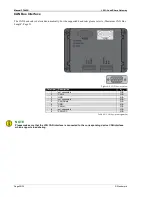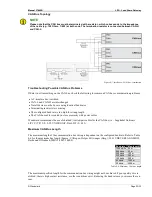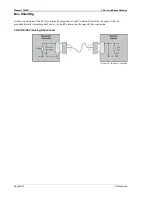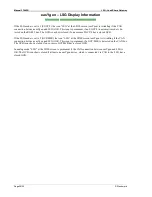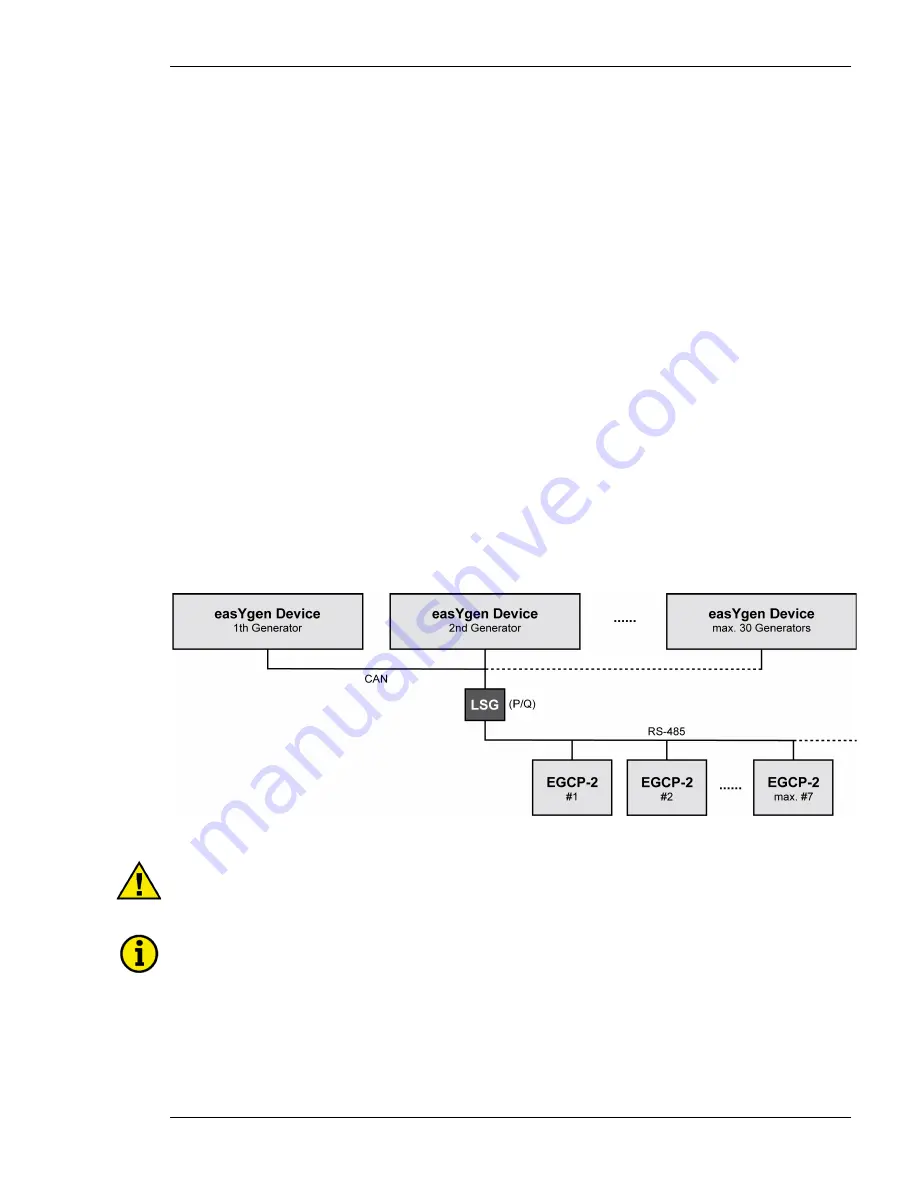
Manual 37442B
LSG - Load Share Gateway
© Woodward
Page 11/32
Application Overview
≡≡≡≡≡≡≡≡≡≡≡≡≡≡≡≡≡≡≡≡≡≡≡≡≡
The LSG is available in two different types:
•
Active power load share (P)
•
Reactive power load share (Q)
The following figures show application examples for both LSG types (marked with P or Q).
easYgen connected to EGCP-2 (CAN/RS-485)
The easYgen devices communicate via CAN bus among each other and therefore can´t communicate directly to
EGCP-2 devices which have no CAN bus interface. The LSG is able to connect EGCP-2 and easYgen devices in
a single load share network.
easYgen (CAN)
The LSG is fixed to work as generator with address 15 and 16. For this reason it is not allowed, to set any other
easYgen device to address 15 or 16. (For further information please refer to the easYgen manuals)
EGCP-2 (RS-485)
The LSG is fixed to work as generator with address 8. For this reason it is not allowed, to set any EGCP-2 to ad-
dress 8. (For further information please refer to the EGCP-2 manuals)
CAN, RS-485 interface and power supply are isolated galvanically, so there is no need for any additional galvan-
ic isolation.
Figure 2-1: Application – EGCP-2
WARNING
Please arrange additional precautions for the dead bus closure interlock. The LSG connection doesn´t
guarantee a dead bus closure interlock.
NOTE
All easYgen devices which are allowed to perform a dead bus closure, independent of the EGCP-2,
must have a generator number <15.

